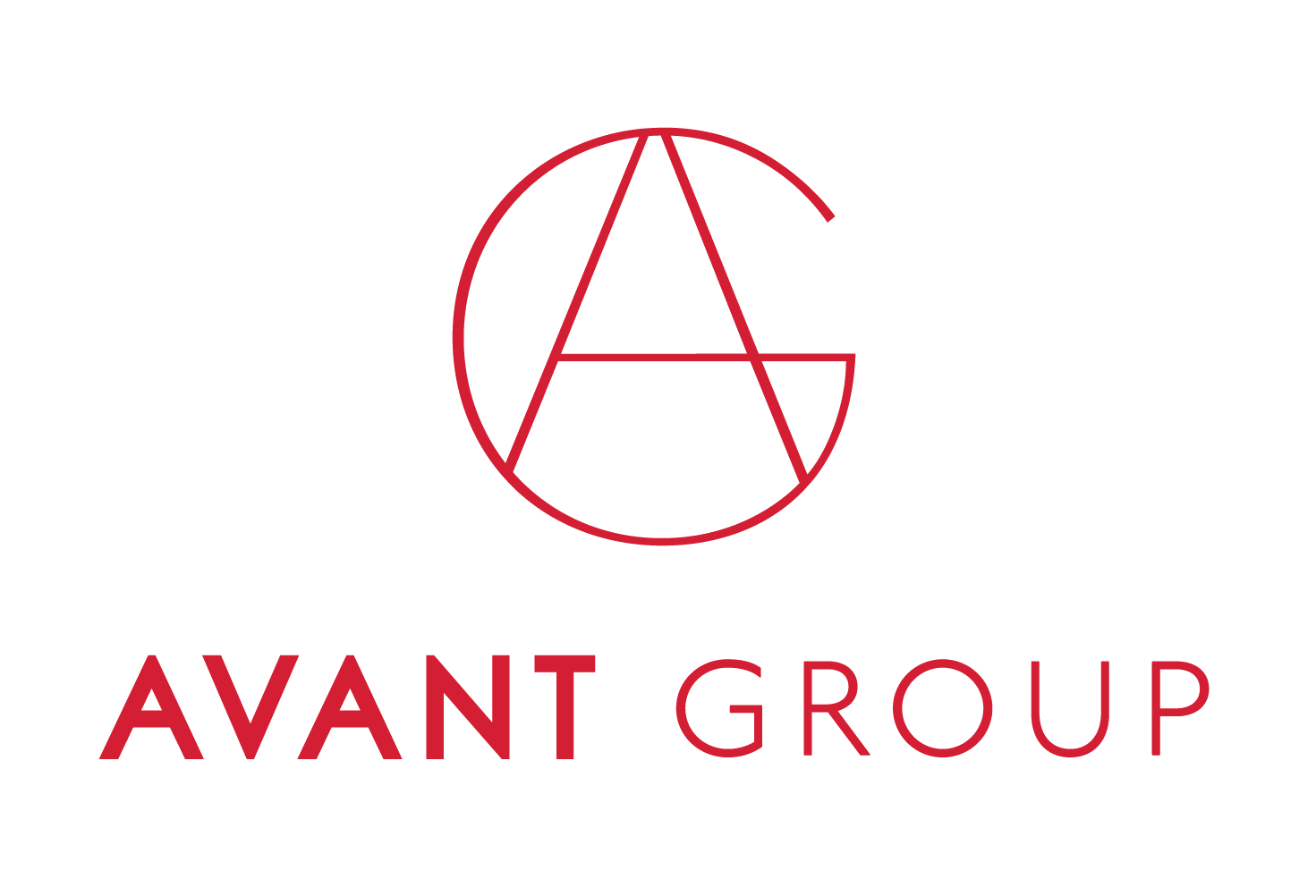Suburban Office Space: A Rising Star in Commercial Real Estate
"The suburban office scene is experiencing a renaissance. As companies adapt to hybrid work models and employees prioritize work-life balance, suburban office spaces are emerging as the ideal solution. With their lower costs, flexible lease terms, and convenient locations, suburban offices offer a compelling alternative to traditional downtown settings. For investors, this trend presents a unique opportunity to capitalize on the growing demand for high-quality, flexible office space."
The Suburban Office Renaissance
As the traditional 9-to-5, downtown office model evolves, a new trend is emerging in the commercial real estate market: the rise of suburban office space. This shift is driven by a variety of factors, including changing workforce preferences, technological advancements, and economic conditions.
Why Tenants are Choosing the Suburbs
Flexibility and Work-Life Balance: Suburban offices often offer more flexible lease terms and amenities that cater to modern workstyles. This can include on-site fitness centers, cafes, and outdoor spaces, which can improve employee satisfaction and productivity.
Reduced Commute Times: For many employees, a shorter commute can significantly improve work-life balance and reduce stress. Suburban offices are often located closer to residential areas, making it easier for employees to get to work and home.
Cost-Effective Solutions: Suburban office spaces can be more affordable than downtown options, especially for smaller businesses. This can help companies save on overhead costs and allocate more resources to growth and innovation.
Neighborhood Feel and Community: Suburban office parks often have a more relaxed, community-oriented atmosphere. This can foster a stronger sense of team cohesion and company culture.
Investment Opportunities in Suburban Office Space
For commercial real estate investors, suburban office space presents a compelling investment opportunity. Here are a few key reasons why:
Strong Tenant Demand: As more companies adopt hybrid and remote work models, there is a growing demand for smaller, flexible office spaces in suburban areas.
Stable Returns: Suburban office properties tend to offer stable, long-term rental income.
Appreciation Potential: As suburban areas continue to develop and attract new businesses, the value of office properties in these locations can appreciate over time.
Diversification: Investing in suburban office space can diversify a real estate portfolio and reduce risk.
Avant Group: Your Partner in Suburban Office Space
At Avant Group, we specialize in helping clients navigate the complex world of commercial real estate. Whether you're a tenant seeking the perfect suburban office space or an investor looking for profitable opportunities, our experienced team can provide the expertise and guidance you need.
Contact us today to learn more about how we can help you achieve your real estate goals.
"Navigating the Horizon: The Outlook for Commercial Real Estate in the Next 12 Months"
Discover the future of commercial real estate. Uncover trends shaping the next 12 months.
Introduction:
As we stand on the brink of a new year, the commercial real estate landscape is poised for both challenges and opportunities. Investors, developers, and industry professionals are eagerly anticipating the trends and shifts that will define the next 12 months. In this blog post, we'll explore what lies ahead for commercial real estate and how stakeholders can prepare for a dynamic and evolving market.
Remote Work Impact:
The rise of remote work has fundamentally altered the way businesses operate. Commercial real estate is expected to witness a reevaluation of office space requirements as companies adopt hybrid work models. Explore the potential changes in demand for flexible workspaces, and consider how the adaptation to remote work might impact traditional office leasing.
E-commerce and Industrial Spaces:
The surge in e-commerce shows no signs of slowing down. As online retail continues to reshape consumer behavior, the demand for industrial spaces, including warehouses and distribution centers, is expected to remain strong. Investors should keep a close eye on logistics hubs and explore opportunities in the industrial sector.
Sustainability and Green Initiatives:
The focus on sustainability is becoming increasingly prevalent in commercial real estate. Green building practices and environmentally conscious developments are gaining traction. Expect a surge in demand for eco-friendly properties as investors recognize the long-term benefits of sustainable practices both in terms of cost savings and market appeal.
Technology Integration:
Technology will continue to play a pivotal role in shaping the future of commercial real estate. From smart buildings with advanced automation to data-driven decision-making processes, staying abreast of technological advancements will be essential. Explore opportunities to integrate technology for operational efficiency, tenant satisfaction, and overall property performance.
Rising Interest Rates:
Keep a watchful eye on interest rates. The potential for rising interest rates can impact financing costs and investment decisions. Stay informed about economic indicators and monetary policy changes that may influence borrowing costs and overall market dynamics.
Adaptive Reuse and Repurposing:
Adaptive reuse of commercial properties is gaining popularity as a sustainable and economically viable option. Look for opportunities to repurpose underutilized spaces, such as converting retail spaces into mixed-use developments or repurposing obsolete buildings for new, innovative purposes.
Health and Wellness in Real Estate:
The global pandemic has heightened awareness around health and wellness. Commercial real estate is expected to see a surge in demand for properties that prioritize safety and well-being. This includes features like touchless technology, improved air quality, and spaces that cater to the physical and mental health of occupants.
Global and Geopolitical Influences:
Keep an eye on global and geopolitical developments that could impact the commercial real estate market. Trade tensions, political changes, and economic shifts can have far-reaching effects on international investments and property values.
Conclusion:
The next 12 months in commercial real estate promise a mix of challenges and exciting opportunities. By staying informed, embracing technology, and remaining adaptable to changing market dynamics, stakeholders can position themselves to thrive in this ever-evolving landscape. As we navigate the horizon, the key lies in strategic planning, resilience, and a forward-thinking approach to seize the potential that lies ahead.



